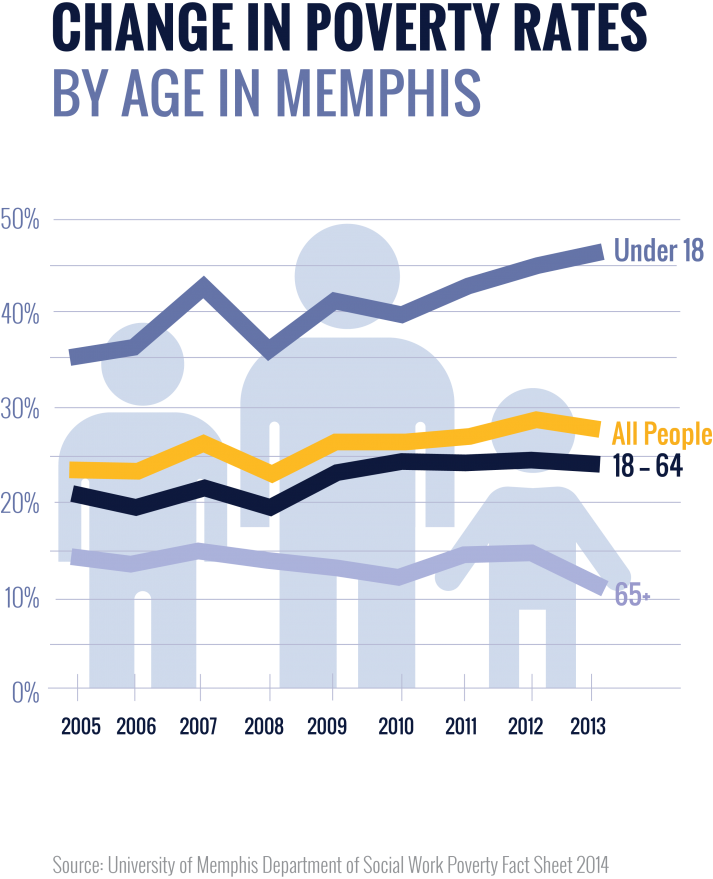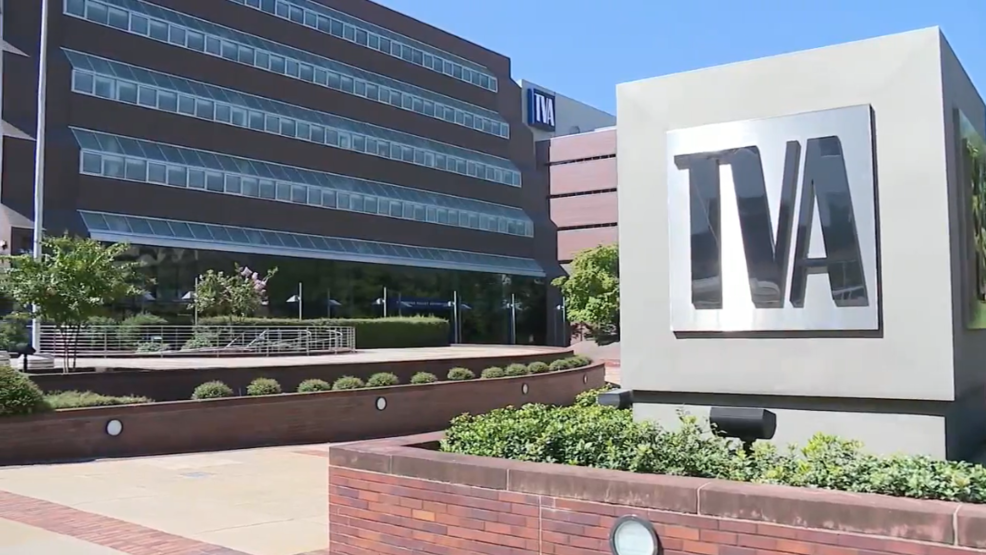For a moment, we thought we had entered a time warp. Another new year, another Willie W. Herenton bombshell to kick it off.
The former mayor’s comments are always geared to stir up controversy and he had to know that his weekend rhetoric about “black on black crime,” “black problem,” and “the blacks” would do just that.
After 12 years as superintendent of Memphis City Schools and almost 18 years as mayor of the City of Memphis, it should not have been too much to expect measured insight and perceptive solutions. But as often has been the case, that was not to be. Rather, the speech could have been the same one given in 1995 with its call for “collaborative efforts” by “stakeholders.”
His primary call was for 10,000 African American men to volunteer to work with young African American men was placed within the brand of his plan – called New Path – announced last May to open two schools for juvenile offenders in Shelby County.
Magical Thinking
Ironically, New Path was also the name of a political action group in the early 2000s that set out to bring a new generation of political leadership for Memphis. The first candidate supported by that New Path was attorney Tomeka Hart, who was elected in 2004 to the Memphis City Schools Board of Commissioners over a 17-year incumbent. Founders of New Path were Cardell Orrin, Darrell Cobbins, and Eric Robertson, who themselves were leaders of a new generation and have been inspiration for many others to pursue a better city.
Back to former Mayor Herenton, in a world where context is everything, there was precious little in his New Year’s comments. In laying responsibility for crime at the feet of African American Memphians, he delivered a version of the “pull yourselves up by your bootstraps” mantra that so often distracts from meaningful solutions and new thinking.
Left unsaid was this question: as Memphis’ longest serving mayor, no single person had greater opportunity to attack the structural problems that drive so much of Memphis’ trajectory. And when he attacked mass incarceration, Operation: Safe Community, the attorney general’s office, and Juvenile Court, it’s a fair question to ask why he did not influence them in his almost two decades in elected office.
More to the point, it is misleading and a distraction to discuss crime reduction while only touching on poverty reduction. If anyone should know this, it should be the former mayor. Until our community closes its income disparities and increases opportunities for living wages, we delude ourselves into thinking that we can come up with crime strategies that will work in the long term.
Persistent Poverty
Today, everyone has an explanation for the economic inequality that rips America’s cities – which are still the engines for our entire country’s economy. Some say it is corporate welfare and others say it is globalization or technological advances, but the seedbeds for income disparities can be tracked to an accident of birth.
More and more, whether we are poor or whether we have financial resources depends on the neighborhood where we were born and reared. As we can attest in Memphis, neighborhood poverty across the United States is incessant and relentless.
Across the U.S., about 80% of neighborhoods that were poor in 1990 still were in 2012. As for Memphis, between 1970 and 2010, the number of high poverty neighborhoods climbed dramatically from 42 to 78 census tracts. Meanwhile, the population living in those census tracts increased from 93,712 to 104,140.
In other words, while the number of high poverty census tracts almost doubled, the population in those census tracts only increased 11%. It speaks to the historic level of migration out of Memphis neighborhoods, lured by county government policies propelling sprawl. It also meant that the new brand of poverty in these neighborhoods ran deep and with fewer people living in the neighborhoods, it became concentrated and intractable. Unsurprisingly, as neighborhoods hollowed out and densities slumped, crime increased.
A Direct Link
And yet, rather than address this developing trend in the 1990s, we took our eyes off the ball. We threw more and more money at the symptom – crime – and came up repeatedly short when it came to funding prevention and intervention strategies.
These facts about neighborhood’s persistent poverty contradict suggestions that gentrification is the cause because inequality has endured over decades. It’s no secret, especially to those living in neighborhoods of concentrated poverty, that people born into wealthier neighborhoods by and large remain wealthy and conversely, people born into poor neighborhoods most often remain in poverty.
It’s also no secret of the direct link between race and inequality, the brutal reality that a post-racial nation was largely wishful thinking. Still today, African American incomes in Memphis are roughly about half of Caucasian incomes because of continuing and direct link between geography and income.
That’s why some economists call for people-oriented policies that move people, especially youths, out of neighborhoods characterized by concentrated poverty. Meanwhile, political forces call for place-based policies to improve neighborhoods because the pushback from people-oriented policies is too great.
We don’t think this is either-or but both, and there’s no reason Memphis shouldn’t be a national leader in experimenting with strategies centered on both people and place.
Default Positioning
Today, the majority of children born in the U.S. are of color while children, as a group, are disproportionately poor. If we want to have serious discussions about crime, we need to also be talking about the outcomes for children who live out their childhoods in neighborhoods of poverty.
Put simply, the future achievement of children relates directly to the length of time they live in poverty. According to the Urban Institute, children growing up in persistent poverty are 13% less likely to complete high school and 43% less likely to complete college than those moving in and out of poverty.
Complicating positive outcomes for children are key factors like the educational attainment of parents and frequent moves to new homes. Two other factors that foreshadow lower adult achievement are teenage pregnancy for girls and involvement with the criminal justice system. That why several years ago, when two national experts were asked how to reduce juvenile crime, their answer was to keep them out of the juvenile justice system.
Despite this data-driven research, our default position still seems to be mandatory longer sentences, tougher enforcement and prosecution, and arresting and convicting more people. What is missing is a movement to come to grips and demand the ultimate crimefighting priority – reducing poverty.
Getting Started
There are many policy changes that we should implement but they can begin with supports for child care, job training, social service interventions, and educational policies that allow children to remain in the same school to eliminate the disruption that comes from moving out of an attendance zone.
As the Urban Institute points out, so much of success is about “taking steps to provide stability for parents and children today (that) could improve the outcomes of the next generation.” That surely is a goal we can all agree on, including Mayor Herenton, and that’s an objective he has unique experience to help lead.
**
Join us at the Smart City Memphis Facebook page for daily articles, reports, and commentaries relevant to Memphis.





Sad
Really sad indeed.
Poverty and crime are the main reasons Memphis remains so stagnant. Unless at least some progress is made on both fronts, this city will continue to decline. Nothing ever seems to change for the better here.
With idiots like Willie Herenton and our current lackluster mayor, council, and the same bunch good ole boys who’ve led Memphis for decades, and no help from Führer Trump, it’s going to just get much worse in Memphis.
Great essay, Tom. In a book called “American Homicide”, the author argues that men w stable jobs are less violent because they have something to look forward to tomorrow and that life is more predictable. Memphis’employment stats always struck me as dangerous because they were so high but also because it’s so dependable on the service industry….low-wage and usually temporary jobs. Add to this phenomenon the fact that the housing and schools concentrates the poverty so that an entire zip code could have an average $10,000 salary. It’s a tinder box.
Thanks, Daarel. I’ll get a copy.
Tinder box is the perfect description.